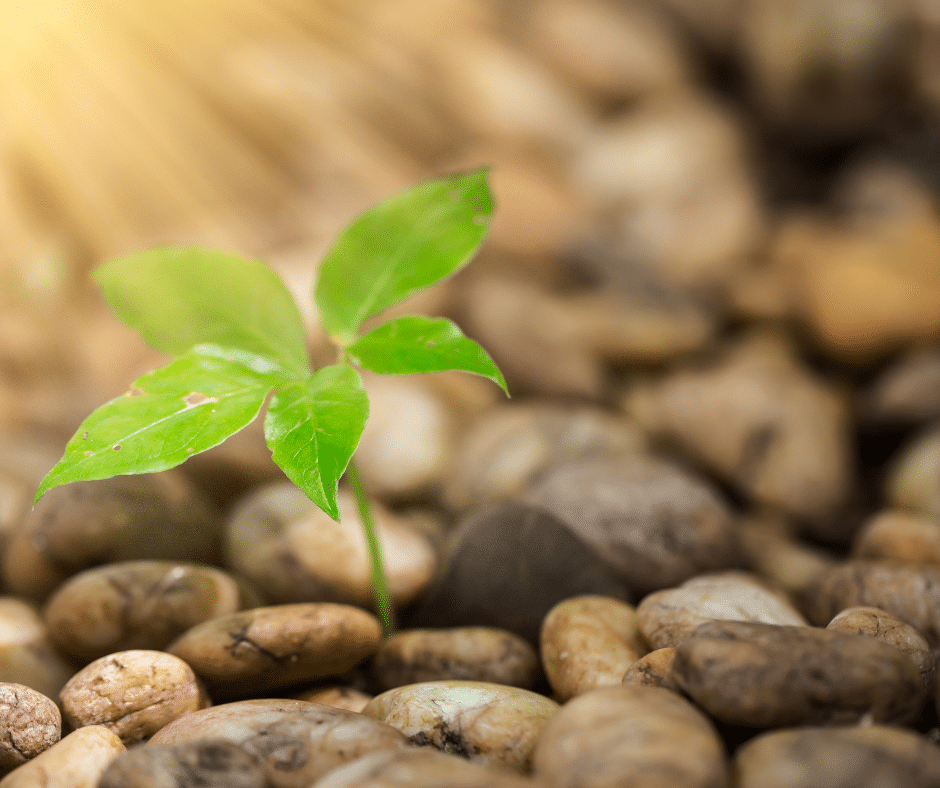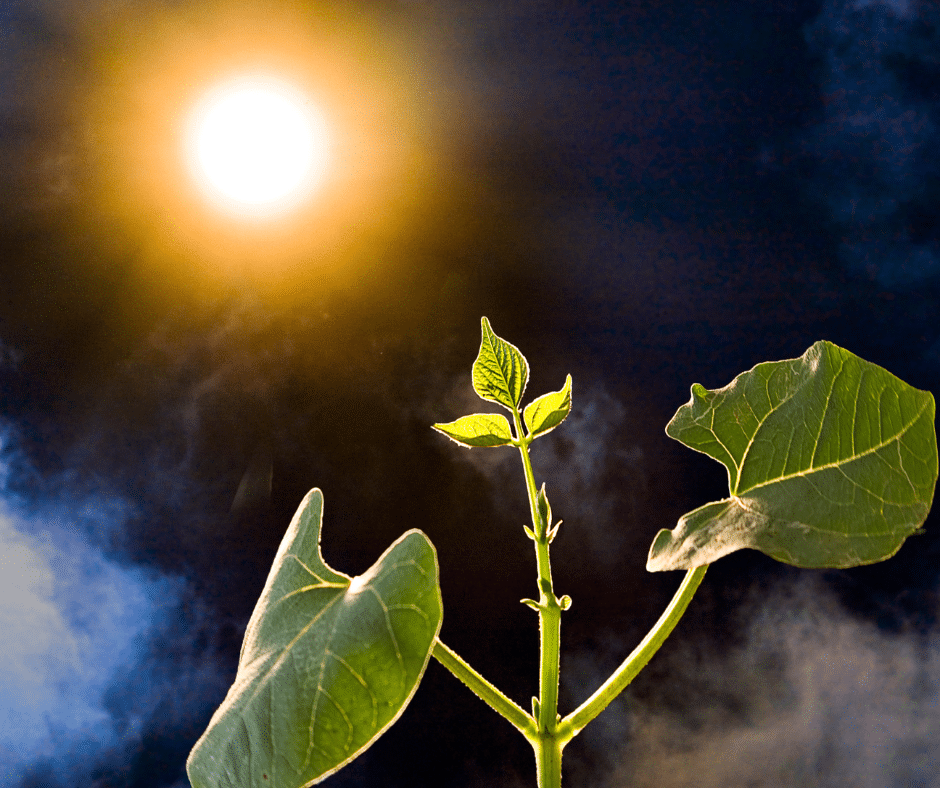Photosynthesis is a process that is fundamental to life on our planet. The process takes place in plants, algae and some bacteria, where it converts light energy from the sun into chemical energy, which is used to fuel cellular processes in these organisms. Photosynthesis is critical to sustaining life on Earth, as it produces the oxygen required by most living organisms, including humans.

Photosynthesis is an essential process that occurs in the chloroplasts of plant cells. Plants take in carbon dioxide from the atmosphere through tiny pores called stomata, which are found on the surface of leaves. They use the energy from sunlight to break down the carbon dioxide into carbon and oxygen molecules. The carbon molecules are then used to create simple sugars, which the plant uses for fuel, while the oxygen molecules are released into the atmosphere.
The oxygen produced by photosynthesis is a vital component of our atmosphere. Oxygen makes up around 20% of the Earth’s atmosphere and is essential for most living organisms to survive. Without photosynthesis, there would be no oxygen in our atmosphere, and life as we know it would not be possible.
Photosynthesis also has a significant impact on the Earth’s carbon cycle. Carbon dioxide is one of the main greenhouse gases responsible for climate change. Through photosynthesis, plants absorb large amounts of carbon dioxide from the atmosphere and store it in their tissues. This helps to regulate the amount of carbon dioxide in the atmosphere, reducing the impact of climate change.
Moreover, photosynthesis plays an essential role in the food chain. Plants are the primary producers in most ecosystems, meaning they are at the bottom of the food chain. Photosynthesis provides energy to plants, which is then passed on to the herbivores and then to the carnivores that feed on them. Without photosynthesis, there would be no producers to support the rest of the food chain, and ultimately, life as we know it would not exist.
One of the most amazing features of photosynthesis is the way that plants have adapted to optimize the process. Different plants have different adaptations designed to maximize their level of photosynthesis. For example, some plants have developed specialized leaves that capture more sunlight, while others have developed internal structures to optimize carbon dioxide absorption.
Photosynthesis has also inspired scientists to find ways to harness its power. Researchers are exploring ways to use photosynthesis to generate sustainable sources of energy, such as biofuels. Through mimicking the process of photosynthesis, scientists have developed technology that can convert sunlight, carbon dioxide, and water into fuel for vehicles and other applications. This technology has the potential to revolutionize the energy industry, providing a sustainable, low-cost source of energy.

Photosynthesis is an incredible process that has been shaping life on Earth for millions of years. Its impact extends far beyond the plant kingdom, as it is a vital component of the Earth’s atmosphere, the food chain, and the carbon cycle. Without photosynthesis, life as we know it would not exist.
In conclusion, we owe a great deal to plants for their crucial role in sustaining life on our planet. By producing oxygen, regulating the Earth’s carbon cycle, supporting the food chain, and inspiring innovative energy solutions, plants truly are the backbone of our ecosystem. It’s essential that we continue to research and appreciate the power of photosynthesis and work towards protecting the vital ecosystems that support these amazing organisms.
